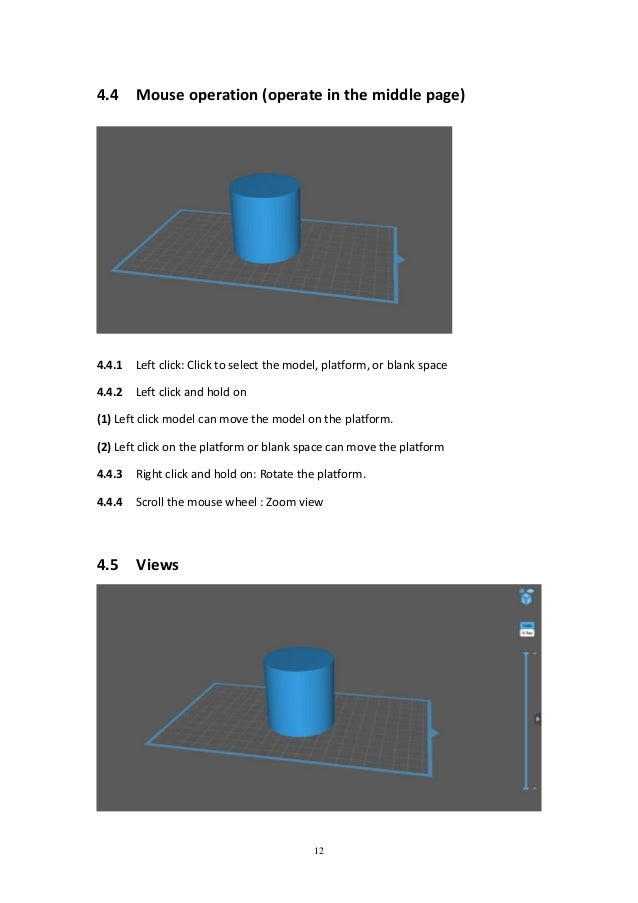Project Cube V1.4.4 Mac OS
Project Cube V1.4.4 Mac Os X
What is SonarQube?
Welcome to The Project Cube. We are a manufacturer's representative for some of the biggest names in hospitality furnishings, fixtures, flooring, and equipment. We are proud to represent and work with a wide range of products to best identify selections for your project. These qubes, which are implemented as virtual machines (VMs), have specific:. Purposes: with a predefined set of one or many isolated applications, for personal or professional projects, to manage the network stack, the firewall, or to fulfill other user-defined purposes. Natures: full-fledged or stripped-down virtual machines based on popular operating systems, such as Fedora, Debian,.
SonarQube is an open-source platform developed by SonarSource for continuous inspection of code quality to perform automatic reviews with static analysis of code to detect bugs, code smells and security vulnerabilities on 20+ programming languages.
Step 1. Download and setup SonarQube
- Download SonarQube: https://www.sonarqube.org/downloads/
- Unzip downloaded file.
- Move downloaded file under /Applications/ folder. (I prefer it to keep it that way)
- Rename it to SonarQube and delete version suffix.

Step 2. Download and Setting up SonarScanner
- Download SonarScanner: https://docs.sonarqube.org/display/SCAN/Analyzing+with+SonarQube+Scanner and click on Mac OS X 64 bitto download Mac OS X specific SonarScanner
- Unzip downloaded file.
- Move downloaded file under /Applications/ folder. (I prefer it to keep it that way)
- Rename it to SonarScanner and delete version suffix.
Also Read: What is Flutter? A brief introduction about flutter
Project Cube V1.4.4 Mac Os Catalina
Step 3. Updating .bash_profile with new path
- Start Terminal and run the following command.
- cd ~/
- vi .bash_profile
- The above commands will open your bas_profile in vi editor.
- Use down-arrow key to jump to the last line.
- Use left-right arrows to navigate to the last character.
- Press i to enable insert mode.
- Copy & paste the following lines.
- export PATH=$PATH:/Applications/SonarScanner/bin
- export PATH=$PATH:/Applications/SonarQube/bin
- Press ESC key and: will appear at the bottom-left corner in vi editor.
- Enter wq to save & quit.
Step 4: Setting up SonarSwift from Backlite
- Download: https://github.com/Backelite/sonar-swift/releases
- Download jar. In my case, I downloaded backelite-sonar-swift-plugin-0.3.6.jar
- Move this jar file under the following folder.
- /Applications/SonarQube/extensions/plugins/
Step 5: Starting up SonarQube
- Run the following command to start the SonarQube server.
- sh /Applications/SonarQube/bin/macosx-universal-64/sonar.sh console
- If your machine has didn’t install JAVA or JDK. So please first download and then install it.
- You should see a console as follows if everything goes well.]
Running SonarQube... wrapper --> Wrapper Started as Console
wrapper Launching a JVM...
jvm 1 Wrapper (Version 3.2.3)http://wrapper.tanukisoftware.org
jvm 1 Copyright 1999-2006 Tanuki Software, Inc. All Rights Reserved.
jvm 1 jvm 1 2017.11.02 16:23:18 INFO app[][o.s.a.AppFileSystem] Cleaning or creating temp directory /Applications/SonarQube/temp jvm 1 2017.11.02 16:23:18 INFO app[][o.s.a.es.EsSettings] Elasticsearch listening on /127.0.0.1:9001jvm 1 2017.11.02 16:23:18 INFO app[][o.s.a.p.ProcessLauncherImpl] Launch process[[key='es', ipcIndex=1, logFilenamePrefix=es]] from[/Applications/SonarQube/elasticsearch]: /Applications/SonarQube/elasticsearch/bin/elasticsearch -Epath.conf=/Applications/SonarQube/temp/conf/es jvm 1 2017.11.02 16:23:18 INFO app[][o.s.a.SchedulerImpl] Waiting for Elasticsearch to be up and runningjvm 1 2017.11.02 16:23:18 INFO app[][o.e.p.PluginsService] no modules loadedjvm1 2017.11.0216:23:18INFOapp[[o.e.p.PluginsService]loadedplugin[org.elasticsearch.transport.Netty4Plugin]
- But once you see the following message under the console, you should start the browser.
jvm 1 2017.11.02 16:23:40 INFO app[][o.s.a.SchedulerImpl] Process[ce] is up
jvm 1 2017.11.02 16:23:40 INFO app[][o.s.a.SchedulerImpl] SonarQube is up
Step 6: Logging IN
- Go to the browser. Open the following URL. -http://localhost:9000/about
- Click on Log in.

- Use admin as username, admin as password.
Step 7: Setting up the Project
- Navigate to the following URL. -http://localhost:9000/admin/projects_management
- Click on Create Project.
- Enter the Project name.
- Enter the project key.
- Click Create.
Step 8: Performing Analysis of your Project.
- Start Terminal
- Navigate to your project’s root directory where you’ve your project.xcodeProject file.
- For Example:
- cd ~/Projects/iOSApplications/myProject
- To Start analysis, run the following command.
- sonar-scanner -Dsonar.projectKey=MyProjectKey -Dsonar.sources=. -Dsonar.host.url=http://localhost:9000
NOTE: Make sure you replace MyProjectKey with your project key.
- The analysis will begin with the following console log.
INFO: Scanner configuration file: /Applications/SonarScanner/conf/sonar-scanner.properties INFO: Project root configuration file: NONE INFO: SonarQube Scanner 3.0.3.778 INFO: Java 1.8.0_121 Oracle Corporation (64-bit) INFO: Mac OS X 10.12.6 x86_64 INFO: User cache: /Users/e070190/.sonar/cache INFO: Publish mode INFO: Load global settings INFO: Load global settings (done) time=56ms
- And, the analysis will end with the following console log.
INFO: Task total time: 21.407 s INFO: ------------------------------------------------------------------------ INFO: EXECUTION SUCCESS INFO: ------------------------------------------------------------------------ INFO: Total time: 22.791s INFO: Final Memory: 57M/1531M INFO: ------------------------------------------------------------------------
Step 9: Viewing the Reports.
- Navigate to the following URL.
http://localhost:9000/dashboard?id=MyProjectKey
NOTE: Make sure you replace MyProjectKey with your project key.